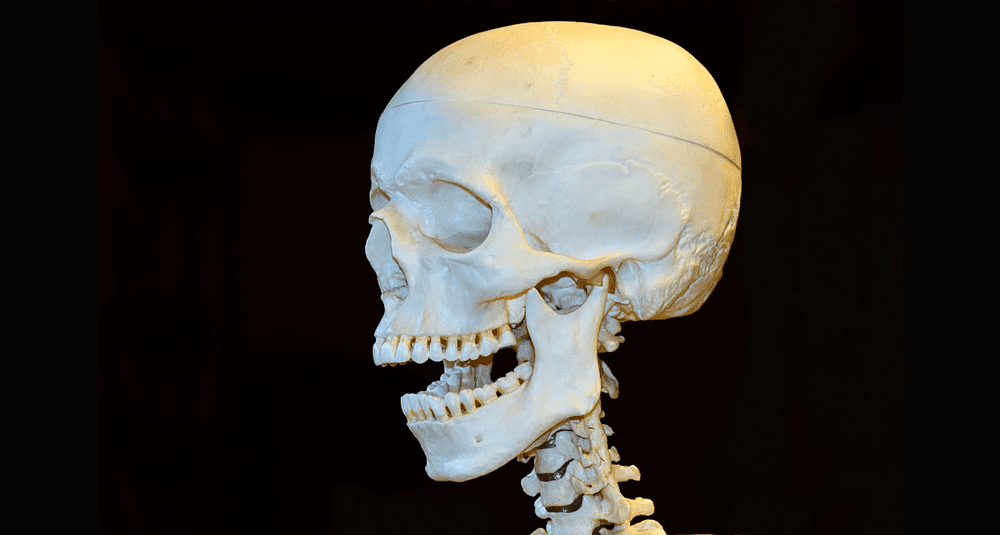What is the smallest bone of the human skeleton?
Last Updated:
The human skeleton is a complex structure made up of 206 bones in adulthood, varying in size and shape to perform various functions. Among them, the stapes is the smallest bone in the human body. Located in the middle ear, it plays a crucial role in the hearing process.
Named for its resemblance to the stirrup used in horseback riding, the stirrup is one of three bones in the middle ear, along with the hammer and anvil. These three bones form a chain linking the eardrum to the inner ear. The stirrup measures between 2.6 and 3.4 mm in length and weighs between 2 and 4.3 mg, roughly the size of a grain of rice.
The hearing process begins when sound waves enter the ear canal and vibrate the eardrum. These vibrations are then transmitted to the hammer, which relays them to the anvil, then to the stirrup. The stirrup, in contact with the oval window of the cochlea, converts these vibrations into fluid waves in the inner ear. This mechanism amplifies sound vibrations by a factor of 20 to 30, enabling efficient transmission of sound from the air to the liquid medium of the inner ear.
The stapes are formed early in embryonic development. It develops around the stapedial artery, which explains its characteristic stirrup shape. This structure is present not only in humans, but also in other vertebrates such as amphibians, reptiles and birds, underscoring its evolutionary importance.
Several pathologies can affect the stapes and lead to hearing problems. One of the most common is otosclerosis, a hereditary disease characterized by abnormal growth of the bone around the stirrup, limiting its mobility and causing conductive hearing loss. Treatment can include the use of hearing aids or a surgical procedure called stapedectomy, which involves replacing the stapes with a prosthesis to restore hearing.
The stapes are a fascinating example of the evolution of anatomical structures. In fish, a similar structure called the hyomandibular plays a role in breathing and feeding. In the course of evolution towards tetrapods, this structure was transformed to take part in sound transmission, illustrating how existing structures can be adapted to new functions.
Although tiny, the stapes are essential to the functioning of human hearing. Its strategic position in the middle ear and its role in the transmission of sound vibrations underscore the ingenuity of human anatomy. Understanding the stapes and their functions provides valuable insight into the complexity and efficiency of the human auditory system.
sciences

What is the smallest bone of the human skeleton?
Answer
The stirrup, located in the middle ear, is the smallest bone in the human skeleton, measuring around 3 mm and playing an essential role in hearing.